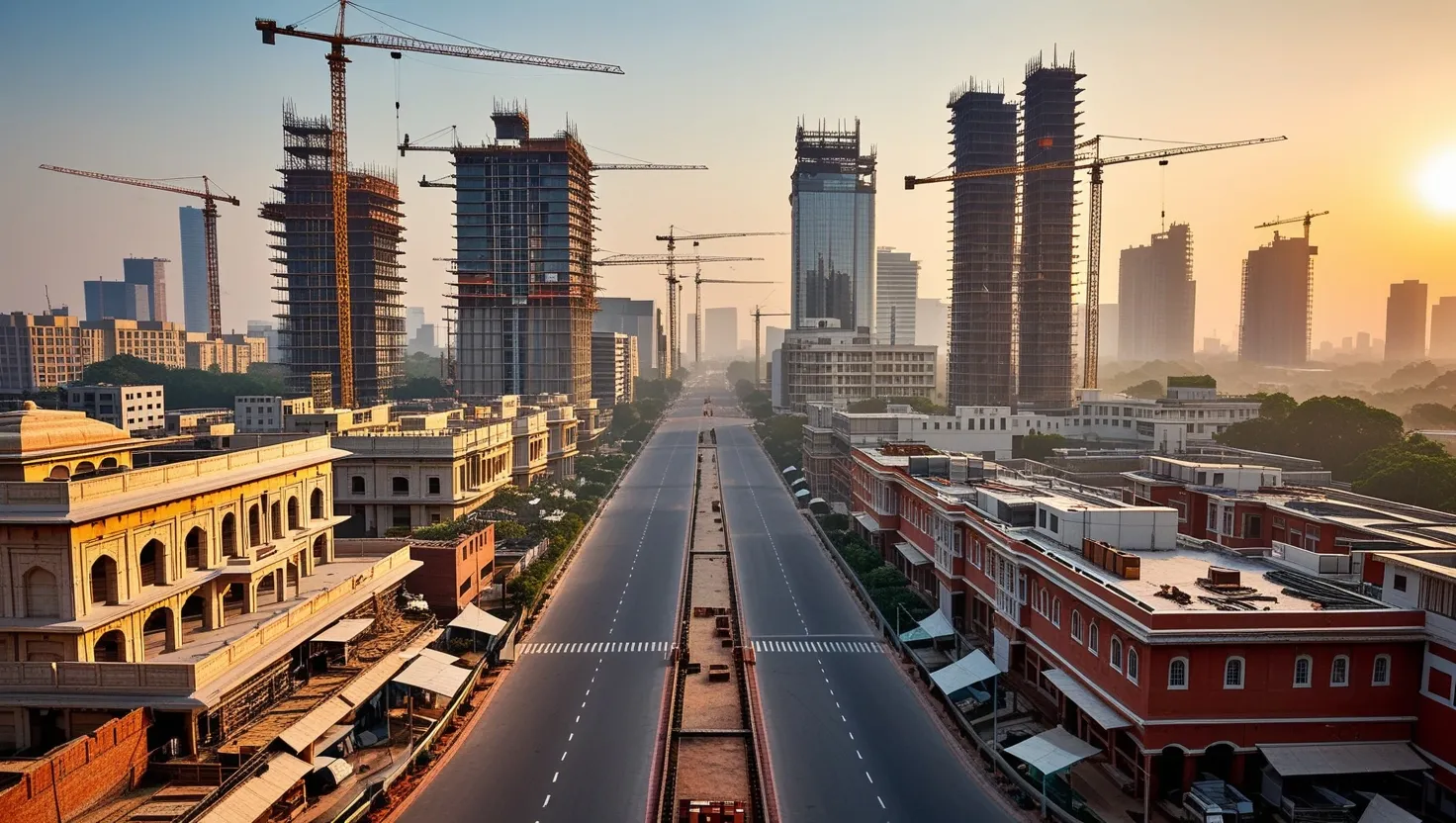As I traverse the vast and diverse landscape of rural India, it becomes evident that the lives of farmers and their communities are undergoing a significant transformation. This change is not just a result of natural cycles or market fluctuations, but is largely driven by a series of innovative agricultural policies implemented by the government. These policies, each with its unique focus and benefits, are collectively reshaping the agricultural sector and the lives of those who depend on it.
One of the most impactful initiatives is the Pradhan Mantri Kisan Samman Nidhi (PM-KISAN) scheme. Launched in 2019, this program has been a game-changer for millions of farmers across the country. The scheme provides a direct income support of Rs. 6,000 per year, distributed in three equal installments, directly into the bank accounts of eligible landholding farmers. This financial boost has enabled farmers to meet essential agricultural expenses, such as purchasing seeds, fertilizers, and equipment, without relying on moneylenders. The transparency and efficiency of the scheme, ensured through robust digital infrastructure, have minimized leakages and ensured that the benefits reach the genuine farmers.
The PM-KISAN scheme has not only enhanced the economic well-being of rural communities but also stimulated local markets and services. For instance, the infusion of over Rs. 3.24 lakh crore into rural economies has boosted farmers’ financial stability, allowing them to invest in productive assets and technologies. This financial stability has a ripple effect, improving the overall purchasing power of farmers and contributing to regional rural demand.
Another significant policy is the Electronic National Agriculture Market (e-NAM) platform. This nationwide agricultural trading platform aims to integrate various mandis (agricultural markets) across the country, facilitating the seamless trading of agricultural commodities. e-NAM has revolutionized the way farmers sell their produce, providing them with better price discovery and reducing the role of intermediaries. This platform has also enabled farmers to access a broader market, increasing their chances of getting a fair price for their crops.
Crop insurance reforms have also been a crucial aspect of these policy initiatives. The Pradhan Mantri Fasal Bima Yojana (PMFBY) and the Restructured Weather-Based Crop Insurance Scheme (RWBCIS) are designed to mitigate the risks faced by farmers due to crop failures and natural disasters. These schemes provide financial protection to farmers, ensuring they do not fall into debt traps when their crops fail. By covering a wide range of crops and including provisions for post-harvest losses, these insurance schemes have provided a safety net for farmers, encouraging them to adopt more innovative and riskier farming practices.
The promotion of organic farming is another area where recent policies have shown significant promise. Organic farming, with its focus on sustainable practices and minimal use of chemical fertilizers and pesticides, has the potential to not only improve soil health and biodiversity but also open up new market opportunities. The government has been actively promoting organic farming through various initiatives, including the National Programme for Organic Production (NPOP) and the Paramparagat Krishi Vikas Yojana (PKVY). These programs provide financial incentives and technical support to farmers who adopt organic farming practices, helping them to tap into the growing global demand for organic produce.
Irrigation infrastructure development, particularly under the Pradhan Mantri Krishi Sinchayee Yojana (PMKSY), has been a cornerstone of these agricultural reforms. PMKSY aims to enhance water use efficiency and ensure that every drop of water is utilized optimally. The scheme includes components like the Accelerated Irrigation Benefits Programme (AIBP), the Watershed Development Programme, and the On-Farm Water Management (OFWM) programme. By improving irrigation facilities, the government is helping farmers to reduce their dependence on rainfall and increase crop yields, thereby enhancing agricultural productivity and sustainability.
The formation of Farmer Producer Organizations (FPOs) is another policy that has empowered farmers collectively. FPOs are designed to provide farmers with better bargaining power in the market, enabling them to negotiate better prices for their produce and access better inputs and services. These organizations also facilitate the sharing of knowledge, resources, and risks among member farmers, making them more resilient to market fluctuations and other challenges.
Lastly, the Kisan Credit Card (KCC) scheme has been instrumental in providing easy credit access to farmers. The KCC scheme allows farmers to avail of short-term credit at a relatively low interest rate, helping them to meet their agricultural expenses without resorting to high-interest loans from moneylenders. This scheme has been particularly beneficial for small and marginal farmers who often lack the collateral required for traditional bank loans.
As these policies continue to shape the agricultural landscape of India, it is crucial to consider the challenges in their implementation. One of the primary challenges is ensuring that the benefits reach the intended beneficiaries without any leakage. The government has been working tirelessly to refine these schemes, incorporating feedback from farmers and field surveys to make them more effective.
Despite these challenges, the long-term effects of these policies on food security and the rural economy are promising. By doubling farmers’ income, improving rural infrastructure, and modernizing agriculture, these policies are not only enhancing the livelihoods of farmers but also contributing to the overall economic growth of the country. The increased agricultural productivity and sustainability ensured by these policies will be vital in meeting the food security needs of India’s growing population.
In conclusion, the transformation of rural India through these agricultural policies is a story of resilience, innovation, and collective effort. As these policies continue to evolve and expand, they hold the potential to create a more sustainable, equitable, and prosperous agricultural sector. For the farmers and their communities, these policies are not just about economic support; they are about dignity, hope, and a brighter future.






